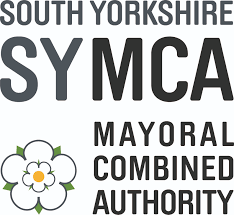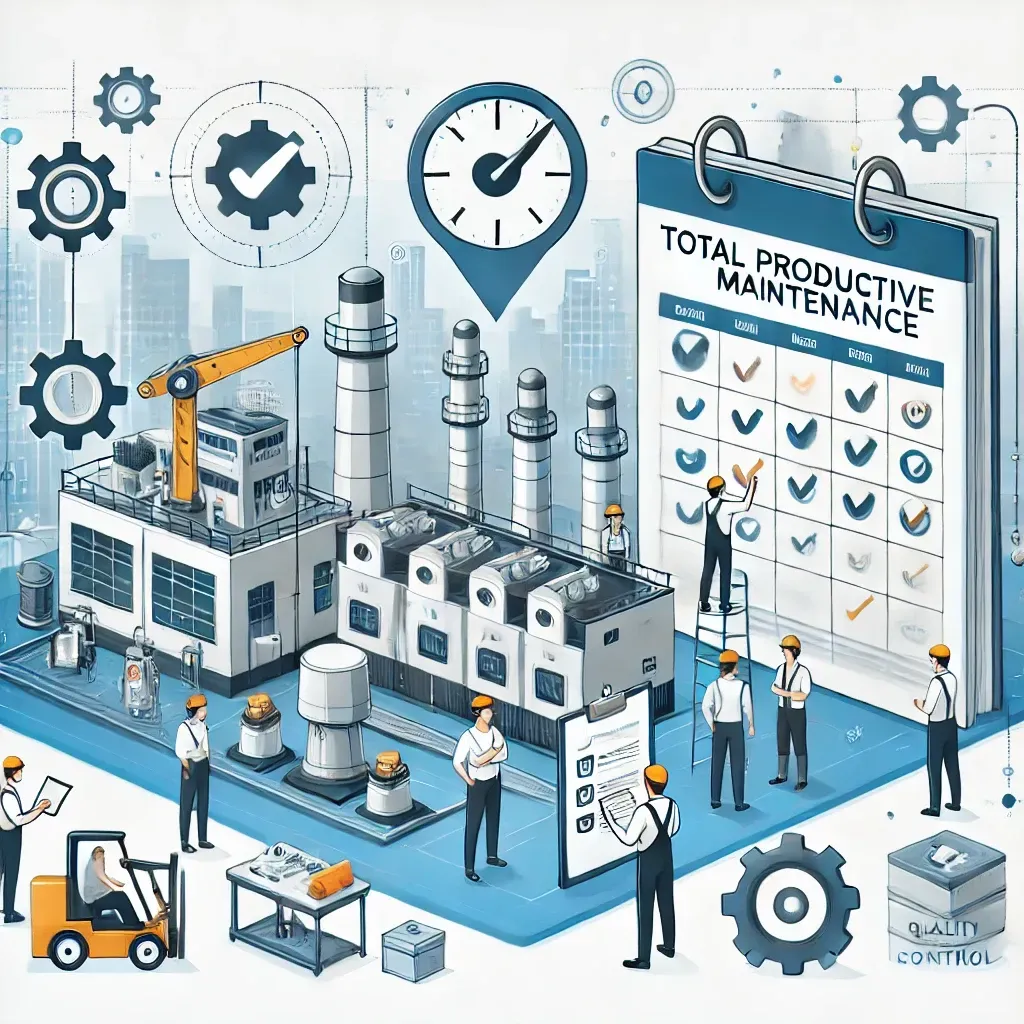5S | From Japanese Factories to Modern Industries
Discover the Fascinating History and Enduring Benefits of 5S in Advanced Industries
Another throwback article to our previous blog "Is 5S misunderstood?". For the curious and the historians among us in this blog, we take a look back at the history and meaning of 5S and how it is still a pillar of advanced industries today.
The 5S methodology is a Lean Manufacturing tool developed in Japan and is often referred to as a foundation of advanced manufacturing. It has proven successful in multiple industries such as automotive, aerospace, and healthcare. The philosophy of 5S is based on five Japanese words that describe five key principles for workplace organisation and standardisation: Seiri, Seiton, Seiso, Seiketsu, and Shitsuke.
The History of 5S
The 5S methodology was developed in Japan in the 1960s by Hiroyuki Hirano (Also developed Just in Time). It was initially used in the manufacturing industry to improve the efficiency of production lines.
The term 5S comes from five Japanese words: Seiri, Seiton, Seiso, Seiketsu, and Shitsuke. These words describe the five key principles of the methodology and how they directly attack the 8 "wastes".
Don't worry we can translate!
Since its introduction in the manufacturing sector, 5S has evolved into a core component of Lean thinking and continuous improvement, influencing a wide range of industries beyond its initial use on production lines. By systematically eliminating clutter, organising workstations, and setting clear standards,
5S helps teams cut down on wasted time and resources while creating safer, more productive environments. Over the decades, this approach has demonstrated immense versatility: from hospitals to software firms, organisations of all kinds continue to adopt 5S to drive efficiency, foster a culture of discipline and teamwork, and ultimately enhance the experience for both staff and service users.
What are the 5S's?
Seiri means “Sort”
This principle focuses on removing unnecessary items from the work area. This could include tools, equipment, or materials that are not needed to complete the task at hand. Removing these items reduces the clutter in the workspace and creates a safer and more efficient working environment.
Seiton means “Set in Order”
This principle focuses on organising the remaining items in a way that makes them easily accessible. It involves assigning a specific location for each item and labelling or identifying it. This makes it easy for colleagues to find the tools they need when they need them and therefore improving productivity.
Seiso means “Shine”
This principle focuses on cleaning and maintaining the work area to keep it safe and efficient. It involves creating a cleaning schedule and assigning specific cleaning tasks to each worker. This makes defects and "out of the ordinary" stick out, and therefore easier to manage when things could otherwise start to go awry.
Seiketsu means “Standardise”
This principle focuses on creating standardised work procedures and processes. It involves documenting the new procedures and training workers on how to follow them. This ensures that everyone is working in the same way, which improves quality and reduces errors. By having everyone working the same way not only does it mean everyone is working to the best-known practice but if you need to implement a change for any reason then the results are much more consistent. For an insight into real-world standardisation have a read of our article on McDonalds and how they utilise Lean Six Sigma methodology, or one of our case studies here.
Shitsuke means “Sustain”
This principle focuses on maintaining the improvements made through the previous four principles. It involves creating a culture of continuous improvement and encouraging workers to identify and solve problems on an ongoing basis using their best knowledge, as they are the people with the most knowledge of their processes and are in the best position to benefit from it.
Get in touch with one of our Experts to discuss how to approach 5S at your workplace
8 Steps to get started with 5S in any organisation:
Assemble a Cross-Functional Team
Bring together people from different areas to gain varied perspectives and ensure widespread engagement.
Define the Scope and Goals
Clearly outline where you will apply 5S first (e.g., a specific workstation or department) and identify what you want to achieve (reducing clutter, improving safety, etc.)
Sort (Seiri)
Begin by removing unnecessary items and disposing of anything not essential for daily activities. This creates space and clarity.
Set in Order (Seiton)
Organise remaining items so they are easy to find, use, and return. Labelling and colour-coding can help staff quickly locate tools and materials.
Shine (Seisō)
Clean the area thoroughly and set up a schedule or routine to maintain cleanliness. This step ensures problems like leaks or defects are spotted early.
Standardise (Seiketsu)
Document best practices and create simple guidelines (e.g., checklists, photos). This makes it easier for everyone to follow the new, more efficient ways of working.
Sustain (Shitsuke)
Encourage discipline and accountability by conducting regular audits and recognising good practice. Ongoing training and communication keep everyone committed to 5S principles.
Review and Improve
Gather feedback, measure results, and look for further improvement opportunities. Continuous refinement helps ensure that 5S becomes a sustained practice rather than a one-time exercise.
5S Today
The 5S methodology has become a cornerstone of Lean practices and is used in many industries around the world. The principles of 5S can be applied to any workplace, not just manufacturing facilities. It can be used in hospitals, schools, offices, and even at home.
Implementing the 5S methodology can improve efficiency, safety, and quality while reducing costs and waste. By removing unnecessary items from the work area, organising the remaining items, cleaning and maintaining the work area, standardising procedures and processes, and sustaining the improvements made, a workplace can become more productive and efficient. Whatever your location from Manchester to London, Sheffield to Nottingham 5S is an industry-recognised transferrable tool that can revolutionise your business by leveraging organisation and efficiency.
In the end...
The 5S methodology has a rich international history and has proven to be a pillar of advanced industries' operational excellence programmes. By implementing the principles of 5S, any workplace can become safer, more efficient, and more productive. Consider implementing 5S principles in your workplace and see the difference they can make.
Let us know in the comments about your experience utilising 5S, has it become a part of daily work? or was it a one-off housekeeping exercise?
If you are interested in implementing 5S in your workplace or looking to certify your workforce in Lean Six Sigma best practices- speak to one of our Lean consultants about our bespoke approach for your business.
Top Lean Six Sigma Reads:









